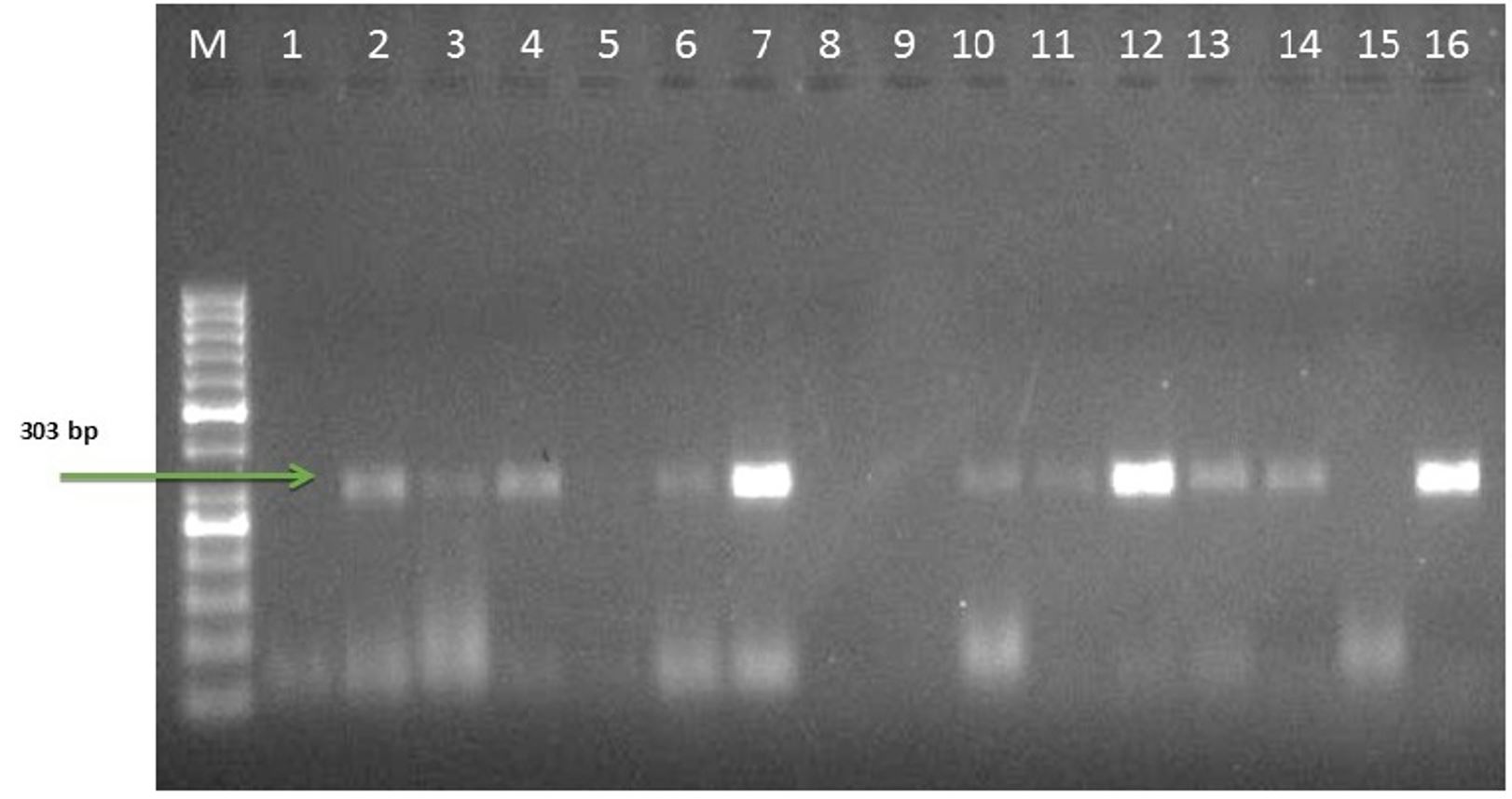Abstract
The poultry sector in Pakistan is contributing mainly in bridging gap between demand and supply for protein. Mycoplasma gallisepticum is an emerging bacterium causing serious problems in poultry industry of Pakistan. A cross-sectional study was conducted to evaluate the M. gallisepticum load in poultry populated regions of Pakistan. Total 600 serum and 600 swab samples were collected, 200 from each broiler, layers and breeders poultry in Rawalpindi and Abbottabad districts. Serum samples were analyzed through ELISA for seroprevalence. Swabs were cultured on Frey’s medium followed by PCR and partial mgc2 gene sequencing. Results of seroprevalence of M. gallisepticum showed that layers (75%, n=150) are more positive as compared to breeders (70%, n=140) and broilers (50%, n=100). Typical colonies of the M. gallisepticum were observed in breeder (26.5%), followed by layer (21%) and broilers (9%). A total of 37.1% (n=42) samples were identified positive through PCR out of total 113 cultured based positive samples. A total of six M. gallisepticum isolates of current study showed 98-99 percent similarity with previously reported isolates on the basis of mgc2 gene partial sequencing. The M. gallisepticum was found highly prevalent in different poultry breads. Results of this study would add into basic data and provide a direction for livestock sector to strengthen a control strategy for mycoplasmosis in poultry farms.
Keywords:
mycoplasmosis; ELISA; mgc2 gene; PCR; poultry

 Thumbnail
Thumbnail
 Thumbnail
Thumbnail

